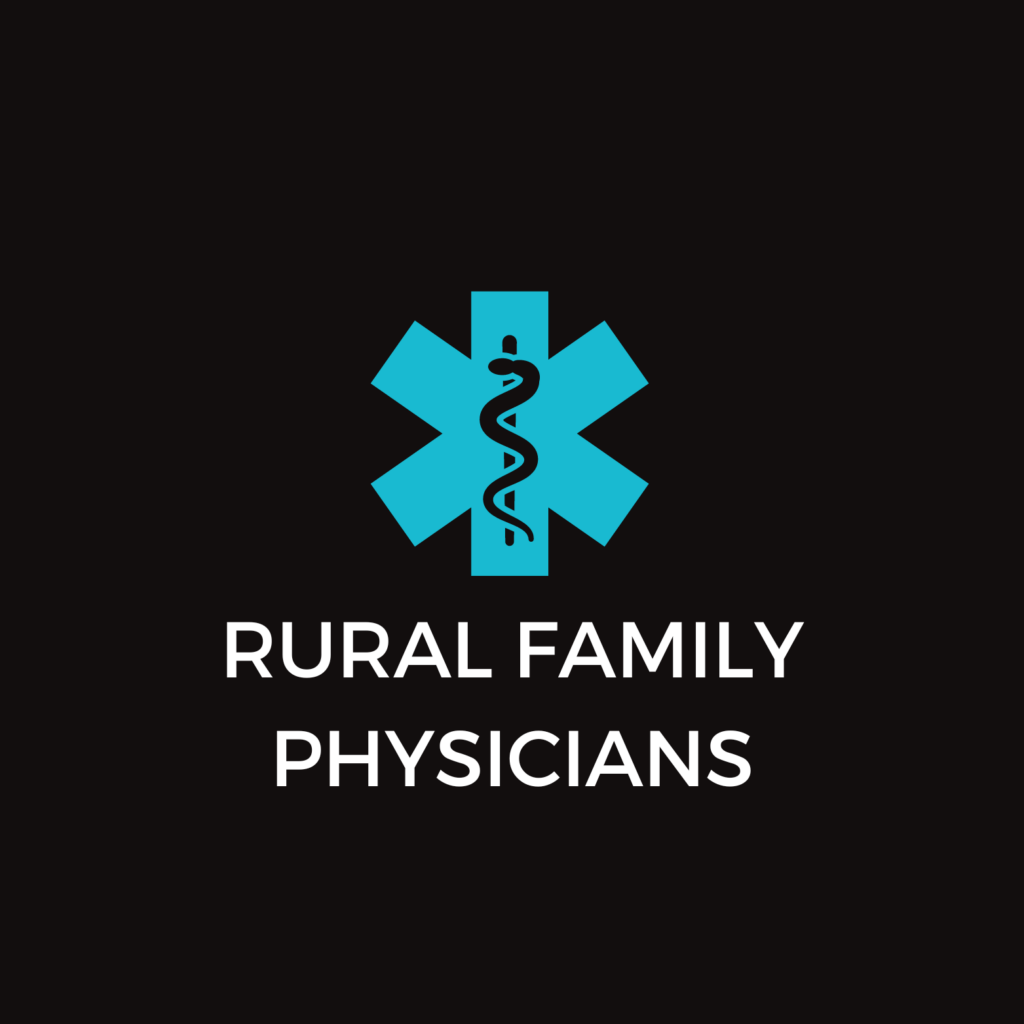What does “meaningful use” mean to nurses? The Office of the National Coordinator for Health Information Technology and the Centers for Medicare and Medicaid Services released final rules July 13 outlining the criteria hospitals and eligible providers must meet to be considered meaningful users of health information technology in order to receive their share of $27 billion under the American Recovery and Reinvestment Act’s Electronic Health Record Incentive Program over the next 10 years. Nursing Spectrum asked Pat Wise, RN, MS, MA, vice president for healthcare information systems at the nonprofit Healthcare Information and Management Systems Society, what nurses can expect as the iniative unfolds.
Nursing Spectrum: What is the goal of meaningful use?
Pat Wise: The purpose is five-fold. The first part is to improve quality, safety, efficiency and reduce health disparities. The second purpose is to engage patients and their families (through electronic communication). The third is to improve care coordination. The fourth is to ensure adequate privacy and security protection for personal health information. The fifth is to improve population and public health — that’s (through) data collection and looking at quality data over time.
The meaningful use program will be running for a number of years, and we can expect more regulation regarding meaningful use in 2011 for the 2013 and 2014 meaningful use years. Then we’ll start to see rule making in 2013 for 2015 and beyond.
NS: Was nurse input considered in the rule making?
Wise: Nurse input has been involved in this regulation from the very start. Nursing brings to the conversation a very important voice. Nurses are the voice that is close to patients and consumers. They certainly recognize what patients and consumers need in healthcare.
There are nurses who are members of the federal committees. There also are nurses who participated in responding to the (original) rule during the public comment period.
NS: How is this going to affect nurses on the job?
Wise: I think if nurses currently in their role have electronic health records, what you will see is more collection of the quality data. You might see some enhancements made for some of the meaningful use objectives. Nurses who are working in organizations that do not use electronic medical records might very well see a move toward electronic medical records. Their organization might look toward acquiring more technology and implementing more technology. And I think that nurses who are kind of in between, who work for organizations that have introduced electronic health record technology but that technology is not fully implemented, I suspect they might see an acceleration of the implementation.
NS: How long, on average, does it take to get a department up to speed with this kind of technology?
Wise: That varies from organization to organization, department to department. It depends on how much familiarization the nurses (already) have with the technology. Have they been using a part of it and now are just moving to using some more, so they’re already familiar with some of the base functions? Or is this the first time they’ve seen any electronic medical record technology for nursing care plans, for medication administration, for clinical charting?
Facilities have found to make the transition easier there clearly needs to be very good, strong education prior to the implementation. Nurses can also do their part by making sure they’re available for this education and they’re very participative in this education. Organizations also, as the transition gets near, usually have identified what is known as “super users.” Nurses also can identify super users among themselves who can be used as resources when they’re on duty.
NS: Are nurses going to see a lot of new gadgets, such as hand-held devices, at the bedside?
Wise: You may very well, but meaningful use doesn’t speak to what kind of technology — it speaks to broader certified medical technology. Whether that comes in the form of iPads at the bedside, whether that comes in the form of iPhones at the bedside, whether that’s in the form of computers on wheels at the bedside, or a computer outside the room, or a computer at a centralized nurses’ station, that’s all within the organization and how they choose to roll out technology.
NS: What are some of the ethical concerns for nurses during the implementation?
Wise: As always, doing any implementation of the use of any patient records, whether electronic or not, privacy, security, safety and quality are utmost in the minds of nurses. We still need to remain vigilant.
NS: Do you think this will open new roles for nurses?
Wise: I think the input of nurses is going to be exceptionally valuable and needed as IT and the implementations move through facilities, and nurses who are interested in getting more involved should work with the hospital administration and the IT staff to get more involved.
Natasha Emmons is national news editor.



